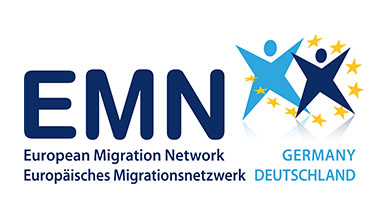EMN Inform: Prospects for displaced people in non-EU first reception and transit countries ,

As of May 2022, more than 100 million people around the world were forcibly displaced. Many refugees usually remain in countries neighbouring their place of origin. However, these countries often lack the resources and capacity to provide humanitarian assistance and to promote development programmes, which makes the contributions of international actors, as well as civil society organisations, of paramount importance.
This inform explores which national strategies have been implemented in the EMN Member Countries to enhance the prospects for displaced persons in non-EU first reception and transit countries, and how these strategies have been integrated within existing EU and international frameworks and agreements such as the UN Global Compact for Refugees (GCR), the UN Sustainable Development Goals (SDGs), and the European Commission's proposed new EU Pact on Migration and Asylum. It also attempts to provide examples of successful programmes and initiatives aiming to enhance the prospects of those populations, identifying good practices and exploring opportunities to further strengthen and foster (cross-border) partnerships and cooperation. These activities of the EMN Member Countries range from the promotion of education, vocational training, employment opportunities and livelihoods to psychosocial support.

